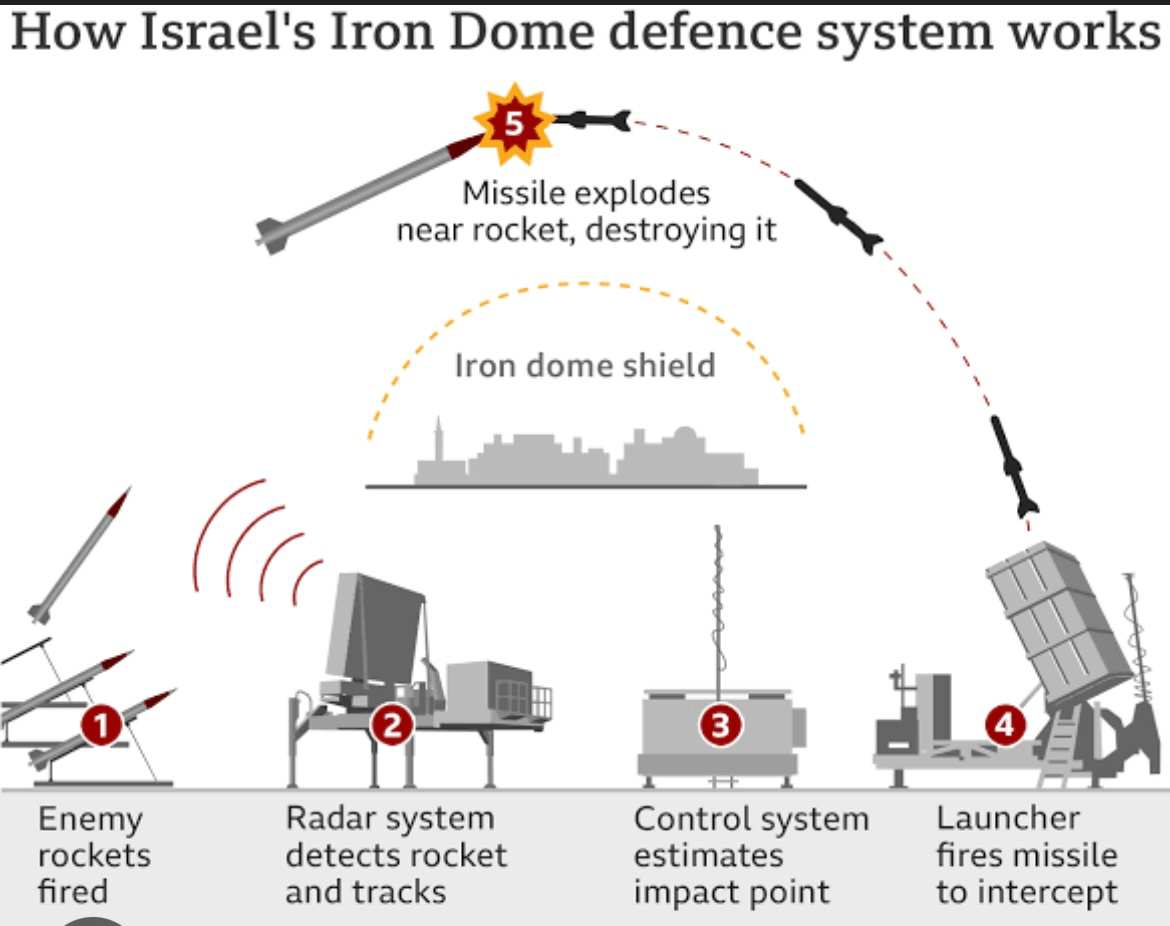The Iron Dome: Israel’s High-Tech Shield in the Sky
In a world where technology continually reshapes the contours of conflict, Israel’s Iron Dome stands out as a game-changer. This advanced missile defense system has not only redefined modern warfare but also become emblematic of the nation’s pursuit of security amidst adversity. But what exactly is the Iron Dome, and how does it achieve its near-miraculous feats in missile interception?
Initiated in 2007 and declared operational in 2011, the Iron Dome was developed by Rafael Advanced Defense Systems in response to the short-range rocket threat from neighboring territories. While its name evokes images of an impenetrable shield, the system’s primary strength lies in its combination of radar tracking and high-speed missile interception.
How It Works
1. Detection & Tracking: At the heart of the Iron Dome is its radar system, designed by Elta, which can immediately detect launches of rockets and mortar shells. Once a launch is detected, the system calculates the trajectory and predicts the impact point of the incoming missile.
2. Decision Time: Not every rocket launched poses a direct threat to populated areas or critical infrastructure. The genius of the Iron Dome lies in its discernment. Within seconds, it can determine whether the incoming rocket will hit a populated area or an open field. If the system predicts the latter, it will opt not to engage, conserving its resources.
3. Interception: If a threat is identified, the system immediately launches an interceptor missile. These missiles, named Tamir, have specialized warheads that detonate in proximity to the incoming rocket, destroying it in the sky before it reaches its target.
4. Integration with Civilian Alerts: Linked to Israel’s civilian alert system, the Iron Dome can provide almost instantaneous warnings to populations in threatened areas, allowing them precious seconds to take cover.
5. Adaptable for Naval Use: An adapted version, called the “C-Dome”, has been created for naval use, providing protection for naval vessels against missile threats.
Successes and Challenges
The Iron Dome boasts an impressive success rate, with Israel claiming it has intercepted about 90% of its targeted threats since its deployment. This high efficacy has undoubtedly saved lives and reduced the potential damage during periods of intense conflict.
However, the system isn’t without its challenges. The cost per interceptor is high, and a saturation of rockets can strain the system’s capabilities. Additionally, it’s specifically designed for short-range threats, so Israel relies on other systems, like the Arrow and David’s Sling, for longer-range missile threats.
Conclusion
The Iron Dome is more than just a marvel of military technology; it’s a testament to human ingenuity in the face of adversity. As defense systems continue to evolve, the Iron Dome will undoubtedly serve as a benchmark for nations looking to shield their skies and safeguard their citizens in an age of modern warfare.











Add Comment